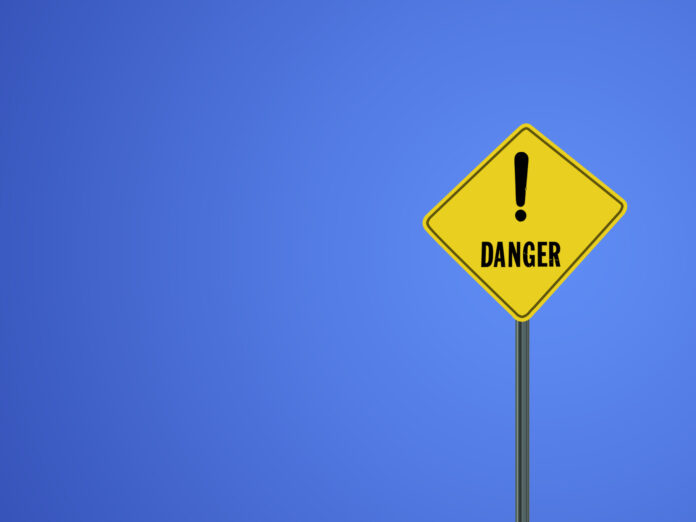As demand for LEDs increases, suppliers are vying to cash in. Although the competition is bringing down prices for consumers, it has also increased the risk of purchasing dangerous and poorly made products. Those who choose to cut corners on cost may find themselves paying a much greater price.
LEDs have been hailed as the lighting of the future. They use a fraction of the electricity and last much longer than traditional bulbs, making them ideal long-term money savers. However, faulty and hazardous products entering the market stream have sullied the reputation of solid state lighting.
BBC’s Fake Britain recently reported a case where a shipment of 1,000 LED lamps, imported from China, was identified at the Port of Felixstowe on the east coast of England. A portion of the lamps had insufficient insulation and exposed live elements. They were potentially lethal.
Fake Britain demonstrated the danger in a laboratory test which compared the unbranded lamps against a name-brand manufactured lamp. The name brand LED recorded no voltage or current output when touched, as it should be. On the other hand, the unbranded domestic lamp was recorded at 179 volts and 91 milliamps in a touch test, more than double the permitted 60V and 2mA outlined in European safety standards. A higher powered lamp intended for commercial use registered at 203V and 98mA, making it a fatal threat.
Even more concerning than the poorly made products themselves was the fact that many of them were found with the CE mark, which is meant to indicate compliance with all applicable EU directives. Products with the CE mark are assumed to be safe and legal to sell in Europe. Despite their markings, these products were most definitely not.
This shipment was identified through the single point of contact for border controls. Alerts are recorded through the EU’s rapid alert system for dangerous products, giving authorities in each member state a way to share information about potentially harmful products. ‘We had identified, earlier in 2014, that a number of LED products intercepted at UK border points were failing product safety testing. We carried out some targeted controls on LED products during July to November 2014, as a result of the work we did across various UK border points,” explains Carol Garrett, principal officer at Suffolk Trading Standards, who oversaw the Felixstowe border control interception.
The initiative yielded compelling results with 64% of LED lamps tested to be found unsafe. The hazard didn’t stop there. ‘As the project was delivered, high levels of non-compliance were also identified in other LED products,’ Garrett continues: ‘Seventy-six per cent of LED lighting products tested and assessed were found to be unsafe or non-compliant.’
The Felixstowe shipment no longer poses a threat; it was destroyed at the border. However, Garrett believes the bulbs were intended for sale online. Reputable LED manufacturers caution that the buyer must beware when purchasing non-branded items. ‘Lighting designers know to steer clear of specifying unbranded LEDs in white boxes, which are an indication that their origin could be suspect or could be fake and/or, unsafe. By specifying branded products from a recognized manufacturer, the safety job’s done for you because each lamp has been tested before it leaves the factory.’
It is the importer’s responsibility to ensure all imported items are both manufactured in compliance and labeled accordingly. Suppliers importing from China or other markets should remember that the ability to assemble a product does not guarantee that a company has a full understanding of it. When put together properly, LEDs are harmless and energy efficient. Across the EU efforts are being increased to ensure that the LED products that enter local markets are safe for domestic use.



